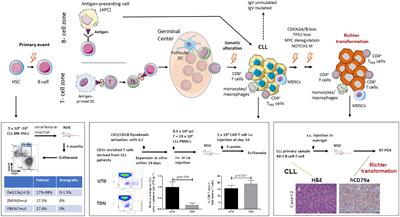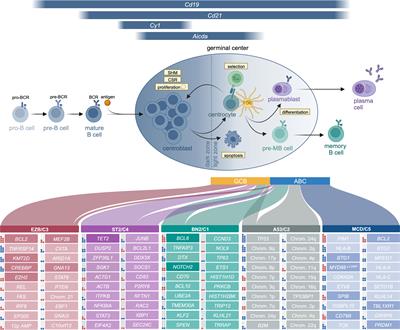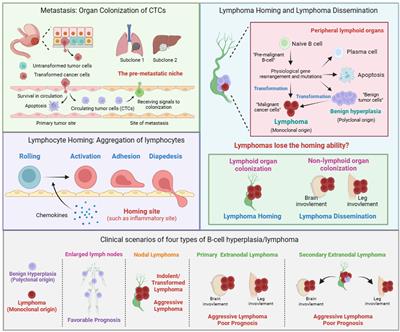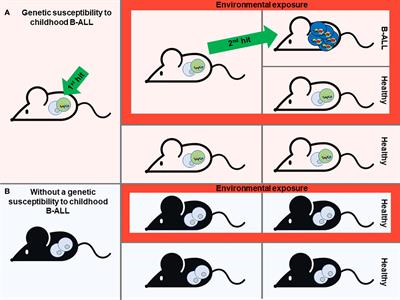EDITORIAL
Published on 23 Sep 2024
Editorial: Community series in mouse models of B cell malignancies, volume II
doi 10.3389/fimmu.2024.1488601
- 366 views
4,149
Total downloads
13k
Total views and downloads
EDITORIAL
Published on 23 Sep 2024
REVIEW
Published on 06 Jun 2024

REVIEW
Published on 06 Dec 2023

PERSPECTIVE
Published on 22 Nov 2023

MINI REVIEW
Published on 12 Oct 2023
